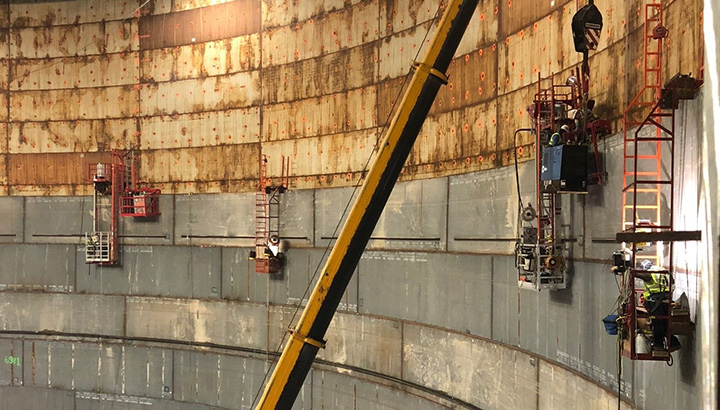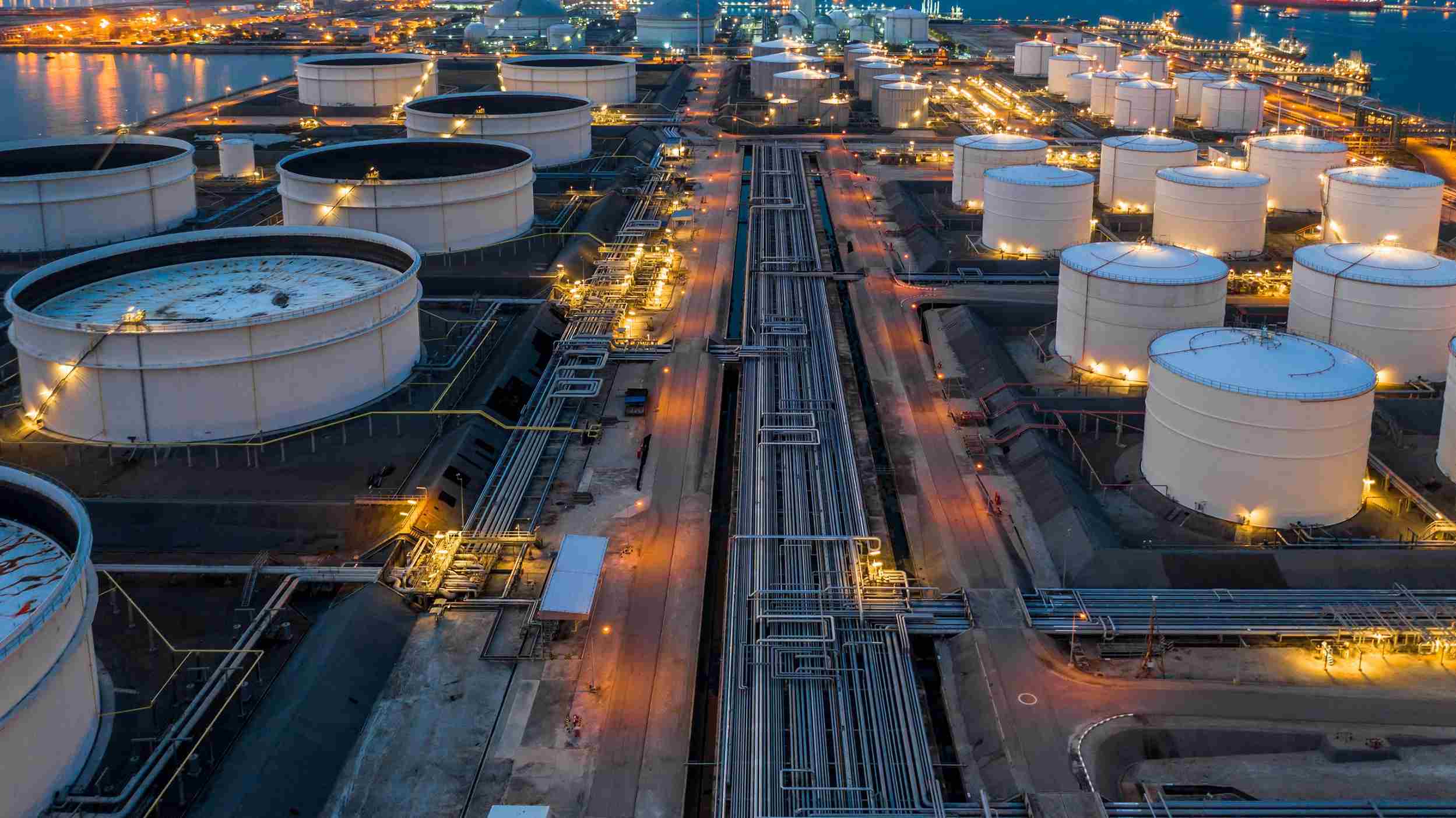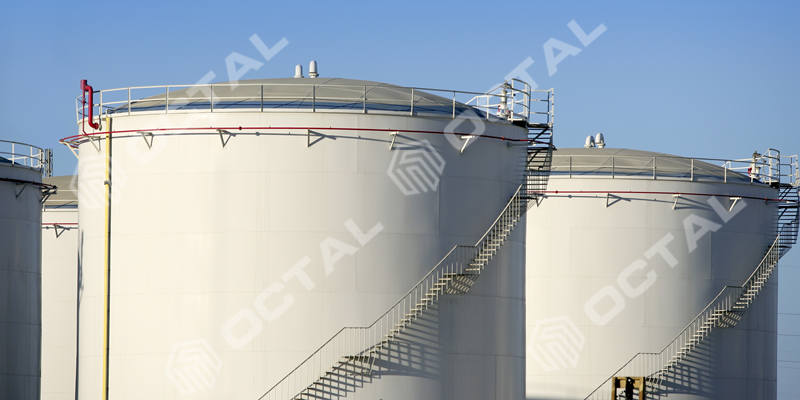A Detailed Appearance at the Installation Refine of Welding Examination Techniques
Welding evaluation is an important procedure that guarantees architectural honesty and safety. The installment of inspection techniques entails a number of methodical steps, each integral to achieving reputable results. From planning and device selection to conducting visual and non-destructive examinations, each phase demands mindful attention. Understanding these procedures can considerably improve quality control in welding projects. What obstacles develop in executing these techniques, and how can they be successfully resolved?
Recognizing the Importance of Welding Evaluation
Welding inspection is a critical element of making sure architectural honesty and safety and security in building and manufacturing processes. This practice includes assessing bonded joints for defects, ensuring that they meet details criteria and regulations. By methodically gauging weld top quality, examiners can recognize concerns such as cracks, gaps, and insufficient fusion, which can jeopardize the strength and longevity of frameworks.
The significance of welding assessment expands beyond instant security problems; it assists protect against expensive failings and prospective risks in the long-term. Efficient examination techniques foster conformity with sector standards, thus enhancing the overall dependability of bonded components. On top of that, a robust evaluation process adds to maintaining the online reputation of manufacturers and contractors, as it ensures customers of the top quality of their projects. Inevitably, recognizing the significance of welding examination is critical for advertising risk-free construction methods and making sure the longevity of necessary framework and items.
Selecting the Right Tools for Evaluation
When picking the ideal tools for examination, it is crucial to consider the certain demands of the welding process and the products involved. Different inspection approaches, such as visual, ultrasonic, and radiographic screening, necessitate unique tools customized to their special needs. For aesthetic inspections, tools like amplifying glasses and calipers are important for assessing weld top quality. Ultrasonic screening needs specialized equipment efficient in transferring and obtaining audio waves to find interior imperfections. Radiographic screening, on the various other hand, makes use of X-ray or gamma-ray resources along with sensitive movie or electronic detectors to expose inconsistencies.
Additionally, individual safety tools (PPE) is necessary to ensure the safety of assessors during analyses. Picking the right tools not only enhances the accuracy of examinations however likewise adds to the total integrity and safety of the welding project. Consequently, a thorough understanding of readily available tools and their applications is important for reliable welding evaluation.
Getting ready for the Examination Process
Before launching the evaluation procedure, it is necessary to develop a detailed plan that outlines the scope and goals of the evaluation. This plan must include details standards that specify what comprises acceptable quality in the welding job being inspected. Determining the pertinent codes and standards is vital, as they will certainly direct the inspection requirements and methods.
In addition, workers involved in the inspection has to be sufficiently trained and licensed in welding assessment techniques to guarantee reliability and accuracy. A checklist can be beneficial in organizing the numerous elements of the inspection, ranging from equipment readiness to ecological conditions that could influence the evaluation.

Logistical factors to consider such as scheduling, readily available resources, and interaction in between group members need to be addressed. By preparing methodically, inspectors can enhance the efficiency of the examination and make sure that all critical factors are appropriately thought about before waging the examination itself.
Performing Visual Examinations

Performing aesthetic evaluations is a necessary action in the welding evaluation process, requiring careful preparation to assure effective analysis. Assessors must be acquainted with key issue indications that can signal prospective concerns in weld high quality. By concentrating on these aspects, one can improve the general integrity of the examination outcomes.
Getting Ready For Visual Inspection
Aesthetic evaluation works as a vital initial step in the welding assessment process, ensuring that any potential issues are recognized early (API 650 Welding Inspection). Appropriate prep work is crucial for effective aesthetic examination. Examiners should begin by evaluating pertinent paperwork, consisting of welding procedures and specs, to understand the task demands. They must gather required tools, such as magnifying glasses, flashlights, and proper personal safety equipment (PPE) A complete exam of the assessment area is essential; examiners must confirm it is tidy and totally free of blockages. Furthermore, it is very important to establish excellent lighting problems to boost exposure of welds. By taking these primary steps, examiners can produce an atmosphere helpful to recognizing inconsistencies and assuring the stability of the bonded frameworks
Key Issue Indicators
A complete understanding of crucial flaw indicators is necessary during aesthetic evaluations to guarantee the top quality and safety of welded joints. Inspectors ought to concentrate on details indications such as fractures, porosity, undercuts, and incomplete fusion. Fractures might show up as sharp lines and can endanger architectural honesty. Porosity materializes as tiny holes that can compromise weld toughness. Undercuts, which are grooves along the weld edge, can cause tension concentration. Insufficient fusion shows that the weld steel did not effectively bond with the base product, leading to a weak joint. By methodically determining these issues, assessors can identify compliance with industry standards and boost the total integrity of bonded structures, inevitably adding to much safer operational problems.
Implementing Non-Destructive Checking Methods

Various non-destructive screening (NDT) strategies are essential to guaranteeing the stability of bonded structures without endangering their performance. These approaches allow assessors to assess weld quality and spot problems without causing damages to the products being checked. Usual NDT strategies consist of ultrasonic screening, radiographic testing, magnetic fragment screening, and dye penetrant testing. Each method offers a details objective, addressing various kinds of problems such as fractures, porosity, or incomplete blend.
Executing NDT methods requires a methodical method, starting with picking the ideal technique based upon the products and the nature of the weld. Educating employees in these methods is important for accurate results. advice Additionally, establishing clear treatments and criteria assurances uniformity throughout the inspection process. By integrating NDT right into the welding inspection workflow, organizations can improve the integrity of their products while reducing potential threats related to structural failures. This proactive approach inevitably contributes to keeping security and quality standards in bonded buildings.
Evaluating and recording Inspection Results
Effective documents and evaluation of evaluation click resources results are crucial elements of the welding inspection procedure. Accurate records of evaluation searchings for offer as a reference for quality guarantee and compliance with sector criteria. API 650 Welding Inspection. Inspectors should use electronic platforms or structured kinds to log information such as the kind of weld, assessment methods utilized, and any discrepancies identified throughout the assessment
Thorough analysis is important once information is collected. This includes contrasting results against developed standards to recognize patterns or recurring concerns. Analytical devices might be utilized to measure issues and examine their influence on overall weld top quality.
Reliable interaction of searchings for to pertinent stakeholders is important. Records and summaries should be clear and succinct, highlighting key understandings and recommendations for corrective activities. By systematically documenting and examining evaluation results, organizations can cultivate continuous enhancement in welding practices and boost product integrity.
Often Asked Questions
What Qualifications Are Needed to End Up Being a Welding Inspector?
To come to be a welding assessor, one normally needs appropriate certifications such as AWS CWI, in addition to experience in welding practices, knowledge of welding codes, and effectiveness in evaluation techniques to guarantee top quality and safety standards.
How Often Should Welding Inspections Be Performed?
Welding examinations must be carried out consistently, normally after each weld is finished, and periodically during tasks. Elements such as task complexity, industry criteria, and regulatory demands can affect the frequency of these assessments.
What Is the Expense of Welding Assessment Providers?
The cost of welding examination solutions differs considerably based on elements such as job complexity, dimension, and place. Normally, prices range from $100 to $150 per hour, with extra charges for specialized screening and accreditations.
Are There Certifications for Welding Inspectors?
Yes, there are different certifications for welding assessors, consisting of those provided by the American Welding Culture (AWS) and the International Institute of Welding (IIW) These accreditations ensure assessors possess the essential abilities and understanding for effective evaluations.

Just how Do I Choose an Examination Company?
To select an assessment company, one ought to evaluate qualifications, experience, market reputation, and customer reviews. Furthermore, comparing solution offerings and pricing can aid assure the selected provider fulfills particular project requires properly.
Additionally, workers involved in the examination must be appropriately trained and certified in welding inspection methods to guarantee dependability and accuracy. Conducting aesthetic inspections is a necessary step in the welding examination procedure, requiring careful preparation to assure effective evaluation. Aesthetic assessment offers as a critical first action in the welding examination process, guaranteeing view that any type of prospective defects are recognized early. Effective documentation and evaluation of evaluation outcomes are necessary parts of the welding evaluation process. Welding inspections need to be carried out routinely, commonly after each weld is completed, and occasionally during projects.